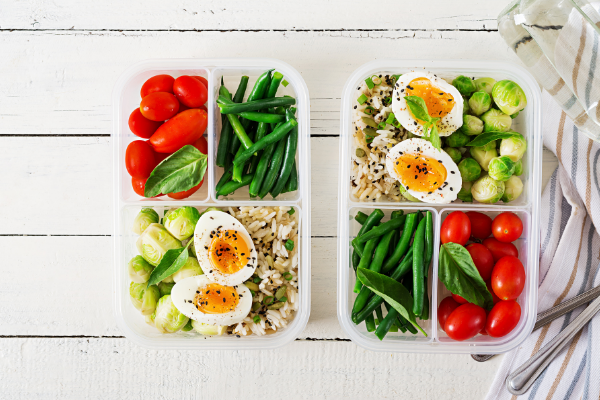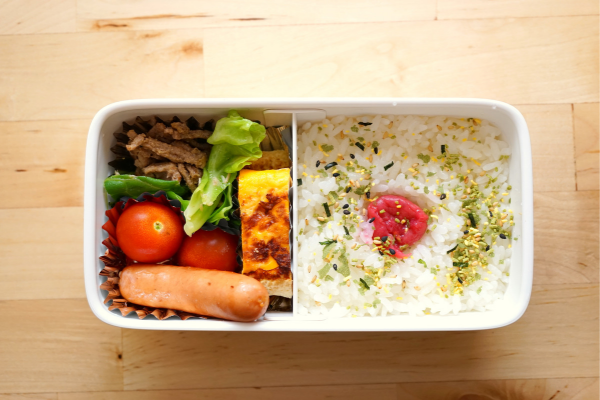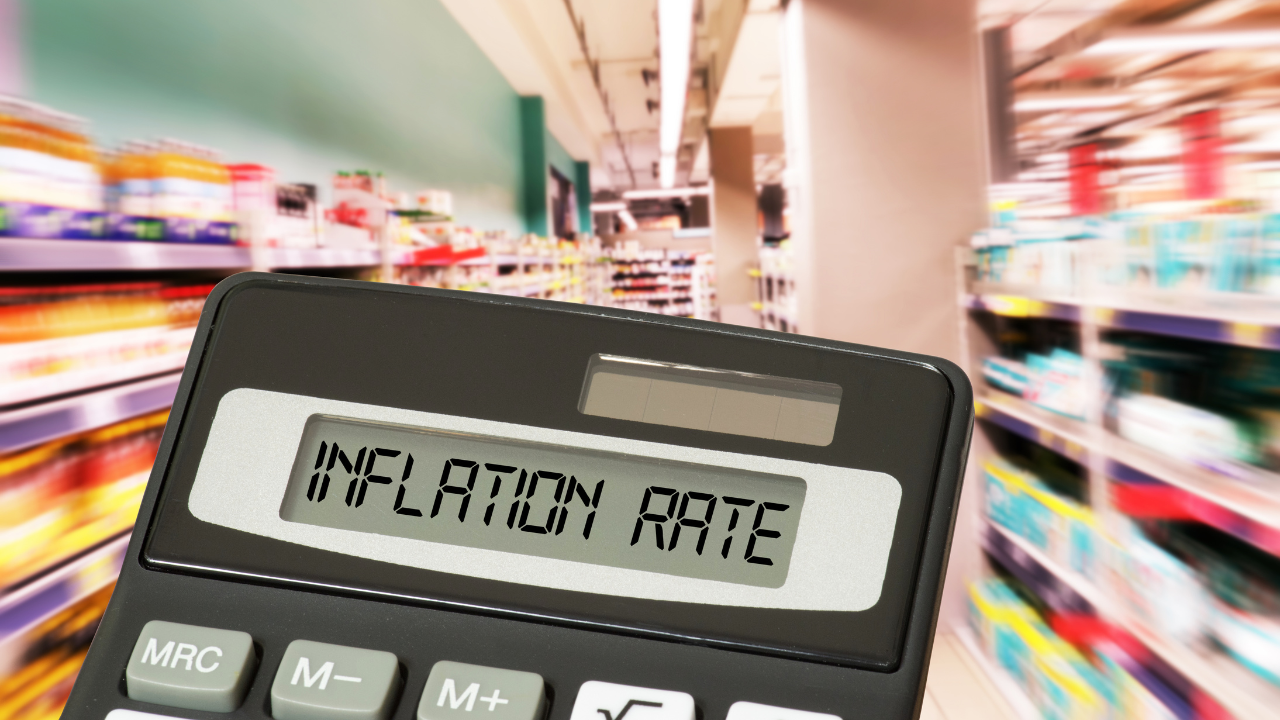In today’s fast-paced world, balancing a household budget can be a daunting task, especially when it comes to saving money on groceries in Australia. For consumers, effective cost-saving strategies can make a significant difference in managing monthly expenses. With the following comprehensive guide, learn how to maximise savings without compromising on quality or nutrition.

Here’s how to get good at saving money on groceries in Australia
1. Master the Art of Meal Planning and Budgeting
Effective meal planning is the cornerstone of economical grocery shopping. Begin by outlining a weekly meal plan based on affordable, seasonal ingredients. Allocate a specific budget for groceries and stick to it religiously to avoid unnecessary spending.
2. Craft a Thoughtful and Detailed Shopping List
A well-curated shopping list can prevent impulsive purchases and ensure you only buy what’s necessary. Prioritize essential items and incorporate discounted products and bulk buys into your list to maximize savings.
3. Hunt Down the Best Bargains and Specials
Stay updated with local newspapers, supermarket flyers, and online grocery platforms to capitalize on weekly specials and discounts. Leverage loyalty programs offered by Australian supermarkets to accumulate points and gain access to exclusive offers.
4. Opt for Economical Bulk Buys
Stock up on non-perishable goods like grains, canned products, and household essentials by purchasing in bulk. However, be mindful of storage limitations and ensure the products are used before their expiration dates.
5. Conduct a Price Comparison Across Different Supermarkets
Stay vigilant about price discrepancies among various grocery chains. Compare prices for everyday items and prioritize shopping at stores that consistently offer the best value for money.
6. Embrace Quality with Generic and Store-Brand Products
Ditch the notion that only branded products are superior. Opt for generic or store-brand items that often deliver similar quality at a fraction of the cost, ensuring substantial savings without compromising on taste.
7. Prioritise Whole Foods Over Pre-Packaged Convenience
Make a conscious effort to opt for whole fruits, vegetables, and meats over pre-cut or pre-packaged alternatives. Not only does this approach offer better value for money, but it also encourages healthier eating habits.
8. Shop Smart: Avoid Grocery Shopping on an Empty Stomach
Ensure you’re satiated before embarking on your grocery shopping journey. Hunger pangs can lead to impulsive buying, potentially causing overspending and deviating from the planned budget.
9. Leverage Cashbacks and Rewards Programs for Extra Savings
Take advantage of credit card offers and cashback apps that provide rewards for grocery purchases. Explore programs that offer points, cashback, or exclusive discounts, enabling additional savings with every transaction.
10. Explore Local Markets and Independent Retailers
Discover the diverse offerings at local farmers’ markets and independent grocers, often providing fresh produce at competitive prices. Supporting these local businesses not only aids in cost-saving but also fosters community development.
Saving money on groceries in Australia is easy if you get savvy
Implementing these practical and proven strategies can empower Australian shoppers to significantly reduce their grocery expenses without compromising on quality or variety. By adopting these measures, individuals and families can establish a sustainable approach to grocery shopping, paving the way for long-term financial stability and improved savings.
Save money on groceries in Australia: Try these tips out the next time you venture into a supermarket.


 YOU
YOU





 Money
Money





 FOOD
FOOD





 FAMILY LIFE
FAMILY LIFE




 HOME & GARDEN
HOME & GARDEN







 ORGANISE
ORGANISE

 EVENTS
EVENTS





 LIFESTYLE
LIFESTYLE

















